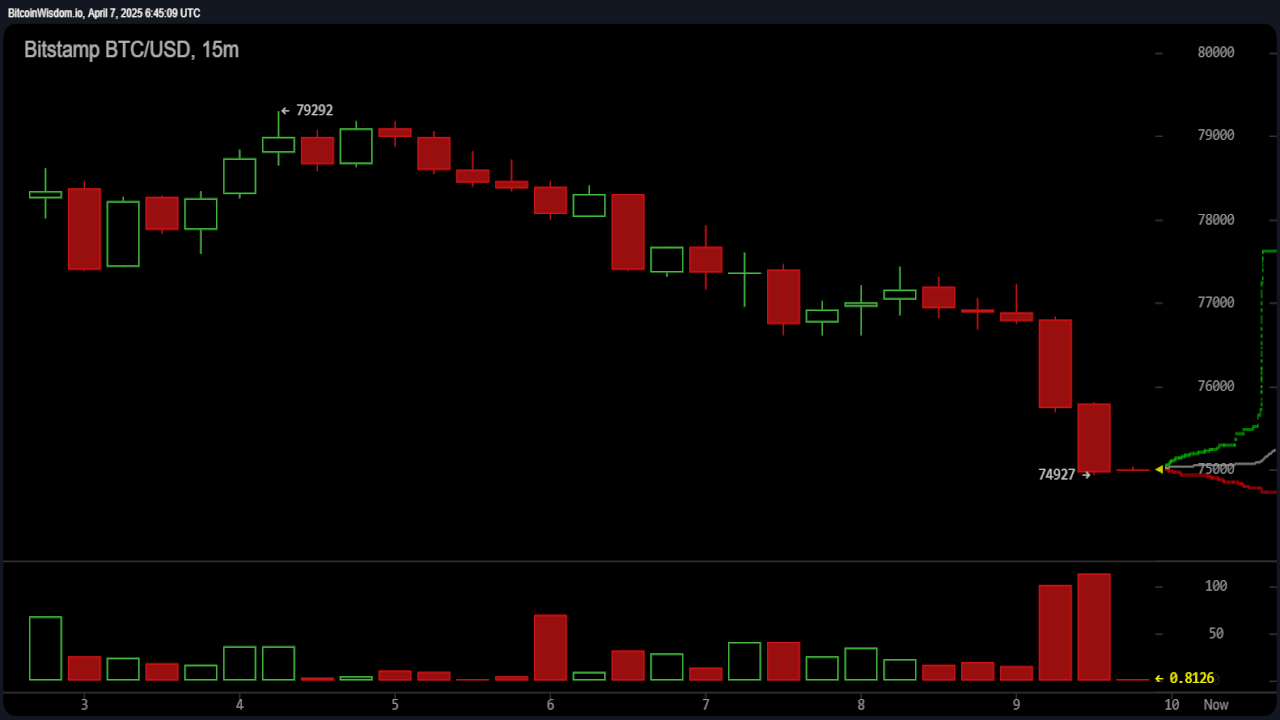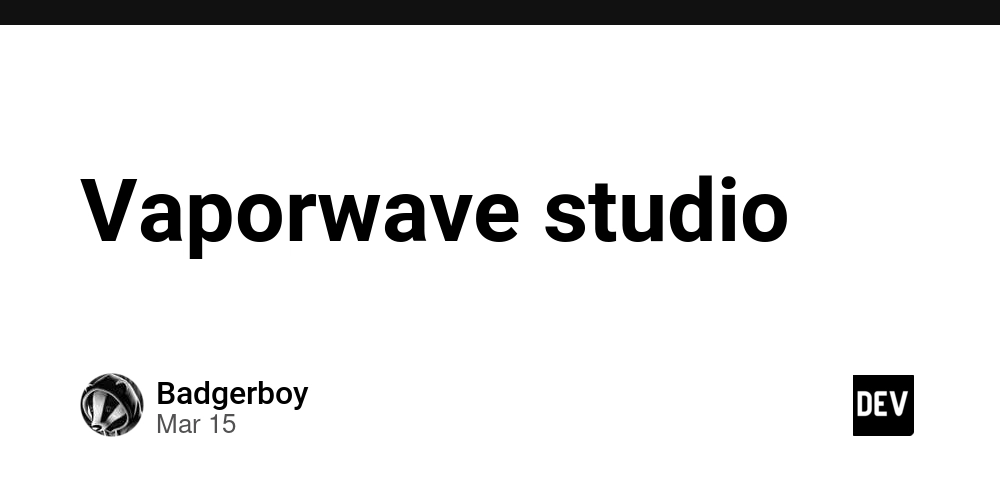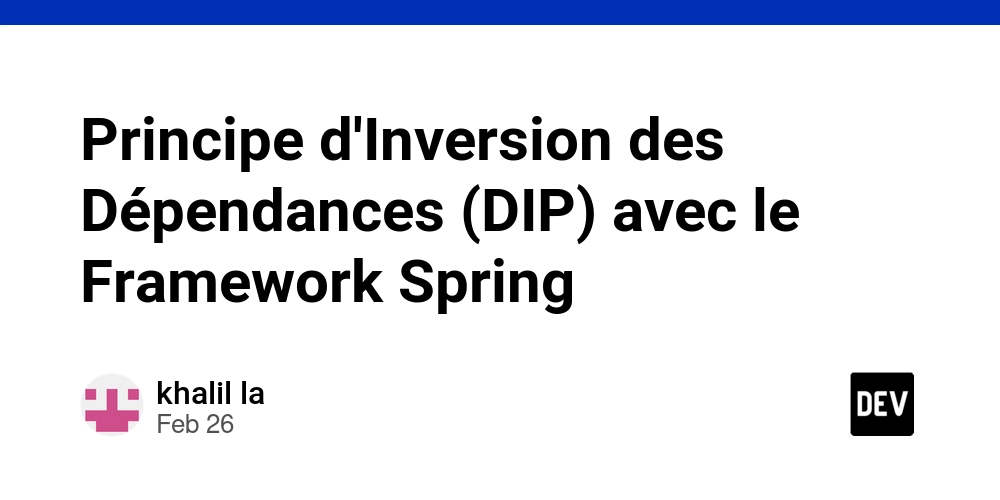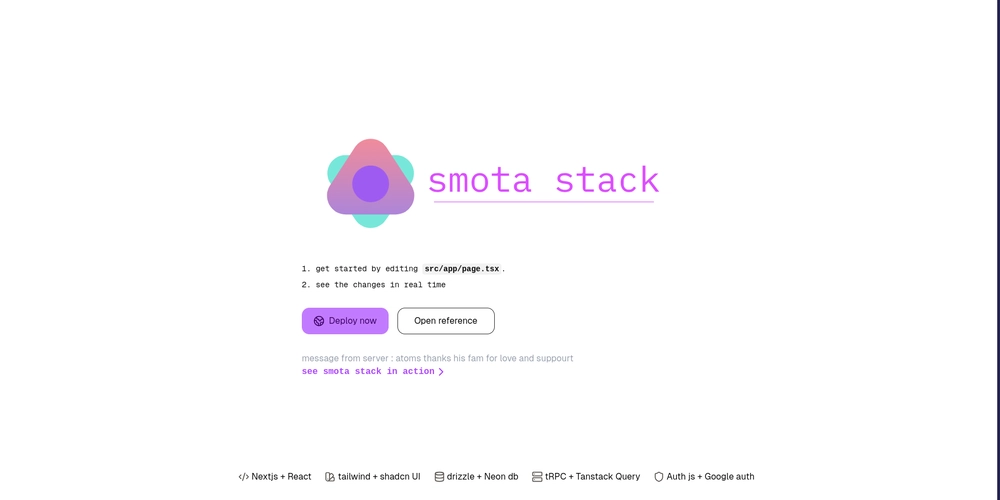Fragment: Revolutionizing Digital Commerce on Telegram
Abstract: Fragment is emerging as a groundbreaking digital marketplace within the Telegram ecosystem. By combining the power of decentralized blockchain technology with Telegram’s familiar messaging environment, Fragment offers users secure, privacy-enhanced, and convenient transactions powered by cryptocurrency. This post provides a holistic view of Fragment, discusses its background, key features such as cryptocurrency transactions using TON, smart contracts, user privacy safeguards, and its full-fledged integration with Telegram. We also examine practical use cases, challenges, and the future outlook of this decentralized platform—all while connecting to authoritative resources for further reading. Introduction Today’s digital commerce landscape is evolving rapidly. Traditional marketplaces are being challenged by new decentralized models that emphasize security, reduced fees, privacy, and global accessibility. Fragment is one such transformative platform that integrates with Telegram, transforming the way users buy, sell, and trade goods and services via cryptocurrency. In this post, we delve deep into the mechanics, benefits, and potential of Fragment, evaluating how it leverages blockchain technology and smart contracts to foster a safe and efficient trading ecosystem. Fragment has garnered attention because it not only supports secure cryptocurrency transactions but also offers a decentralized environment that empowers individual users. Integrating with the popular messaging app Telegram means that transactions occur within an environment already trusted by millions. This integration makes digital commerce not just secure but also remarkably convenient for users worldwide. For more details on the original article, you can read Fragment: Revolutionizing Digital Commerce on Telegram. Background and Context The Evolution of Digital Commerce Digital commerce has evolved from centralized platforms that depend on banks and intermediaries to decentralized systems powered by blockchain technology. Early e-commerce sites relied on traditional payment gateways and lacked the privacy safeguards now possible with cryptocurrency. In recent years, blockchain—and its underlying concepts like smart contracts and decentralized networks—has redefined how transactions occur online. What Is Blockchain and TON? At the heart of Fragment’s innovative approach lies blockchain technology. Fundamentally, blockchain is a distributed ledger that ensures every transaction is immutable and verifiable. For those seeking a technical foundation, you can learn more about what is blockchain. Fragment utilizes Telegram’s own cryptocurrency, TON (Telegram Open Network), to execute cryptocurrency transactions. TON helps ensure that payments remain anonymous, secure, and fast. Resources such as TON provide further insight into how cryptocurrency supports these decentralized platforms. The Role of Smart Contracts Smart contracts are self-executing agreements with the terms directly written into code. In Fragment’s ecosystem, smart contracts automate and secure agreements between parties, reducing the need for third-party intermediaries. For an in‐depth exploration of the technology, check out smart contracts on blockchain. Telegram Integration Fragment’s true innovation is its seamless integration with Telegram. By merging communication and commerce, the platform offers a unique user experience that blends social messaging with financial transactions. Telegram’s robust encryption and broad appeal make it an ideal medium to operate a decentralized marketplace. Core Concepts and Features Fragment is more than just another digital marketplace. It is built around several groundbreaking features that set it apart from conventional e-commerce models: Key Features of Fragment Feature Description Cryptocurrency Transactions Utilizes the TON cryptocurrency for secure, fast, and anonymous transactions, reducing reliance on traditional banking systems. Telegram Integration Offers native access within Telegram, blending messaging and commerce seamlessly for a more connected user experience. Decentralized Platform Operates on a blockchain-powered network, ensuring data persistence, transparency, and security without centralized control. Smart Contracts Automates the execution of agreements between users, ensuring trust and minimizing the risk of fraud. User Privacy and Security Leverages Telegram’s state-of-the-art encryption technology to maintain user privacy during transactions. For more details, see Fragment’s privacy. Fragment harnesses the synergy between these features to create a platform that is robust, secure, and remarkably user-friendly. Technical Enhancements in Fragment Decentralized Architecture: Unlike centralized marketplaces, Fragment’s blockchain-based architecture eliminates single points of fai

Abstract:
Fragment is emerging as a groundbreaking digital marketplace within the Telegram ecosystem. By combining the power of decentralized blockchain technology with Telegram’s familiar messaging environment, Fragment offers users secure, privacy-enhanced, and convenient transactions powered by cryptocurrency. This post provides a holistic view of Fragment, discusses its background, key features such as cryptocurrency transactions using TON, smart contracts, user privacy safeguards, and its full-fledged integration with Telegram. We also examine practical use cases, challenges, and the future outlook of this decentralized platform—all while connecting to authoritative resources for further reading.
Introduction
Today’s digital commerce landscape is evolving rapidly. Traditional marketplaces are being challenged by new decentralized models that emphasize security, reduced fees, privacy, and global accessibility. Fragment is one such transformative platform that integrates with Telegram, transforming the way users buy, sell, and trade goods and services via cryptocurrency. In this post, we delve deep into the mechanics, benefits, and potential of Fragment, evaluating how it leverages blockchain technology and smart contracts to foster a safe and efficient trading ecosystem.
Fragment has garnered attention because it not only supports secure cryptocurrency transactions but also offers a decentralized environment that empowers individual users. Integrating with the popular messaging app Telegram means that transactions occur within an environment already trusted by millions. This integration makes digital commerce not just secure but also remarkably convenient for users worldwide.
For more details on the original article, you can read Fragment: Revolutionizing Digital Commerce on Telegram.
Background and Context
The Evolution of Digital Commerce
Digital commerce has evolved from centralized platforms that depend on banks and intermediaries to decentralized systems powered by blockchain technology. Early e-commerce sites relied on traditional payment gateways and lacked the privacy safeguards now possible with cryptocurrency. In recent years, blockchain—and its underlying concepts like smart contracts and decentralized networks—has redefined how transactions occur online.
What Is Blockchain and TON?
At the heart of Fragment’s innovative approach lies blockchain technology. Fundamentally, blockchain is a distributed ledger that ensures every transaction is immutable and verifiable. For those seeking a technical foundation, you can learn more about what is blockchain.
Fragment utilizes Telegram’s own cryptocurrency, TON (Telegram Open Network), to execute cryptocurrency transactions. TON helps ensure that payments remain anonymous, secure, and fast. Resources such as TON provide further insight into how cryptocurrency supports these decentralized platforms.
The Role of Smart Contracts
Smart contracts are self-executing agreements with the terms directly written into code. In Fragment’s ecosystem, smart contracts automate and secure agreements between parties, reducing the need for third-party intermediaries. For an in‐depth exploration of the technology, check out smart contracts on blockchain.
Telegram Integration
Fragment’s true innovation is its seamless integration with Telegram. By merging communication and commerce, the platform offers a unique user experience that blends social messaging with financial transactions. Telegram’s robust encryption and broad appeal make it an ideal medium to operate a decentralized marketplace.
Core Concepts and Features
Fragment is more than just another digital marketplace. It is built around several groundbreaking features that set it apart from conventional e-commerce models:
Key Features of Fragment
| Feature | Description |
|---|---|
| Cryptocurrency Transactions | Utilizes the TON cryptocurrency for secure, fast, and anonymous transactions, reducing reliance on traditional banking systems. |
| Telegram Integration | Offers native access within Telegram, blending messaging and commerce seamlessly for a more connected user experience. |
| Decentralized Platform | Operates on a blockchain-powered network, ensuring data persistence, transparency, and security without centralized control. |
| Smart Contracts | Automates the execution of agreements between users, ensuring trust and minimizing the risk of fraud. |
| User Privacy and Security | Leverages Telegram’s state-of-the-art encryption technology to maintain user privacy during transactions. For more details, see Fragment’s privacy. |
Fragment harnesses the synergy between these features to create a platform that is robust, secure, and remarkably user-friendly.
Technical Enhancements in Fragment
- Decentralized Architecture: Unlike centralized marketplaces, Fragment’s blockchain-based architecture eliminates single points of failure. This approach enhances security and makes data manipulation nearly impossible.
- Interoperability with Existing Systems: By operating within Telegram, Fragment eliminates the need for users to adopt entirely new systems. Instead, it layers advanced transactional capabilities on top of an already familiar interface.
- Enhanced Transparency: With every transaction recorded on an immutable ledger, disputes can be resolved quickly and transparently. This builds a foundation of trust among users.
Using a bullet list, we can summarize some of the additional benefits:
- Lower transaction fees compared to traditional banks.
- Enhanced security through encryption and decentralized storage.
- Increased global accessibility, particularly in regions underserved by conventional commerce.
- Automated compliance with smart contracts reducing administrative overhead.
Applications and Use Cases
Fragment’s versatile nature lends itself to a wide variety of applications in the digital commerce space. Here are some practical examples:
Use Case 1: Peer-to-Peer Marketplace
Imagine an individual looking to sell handmade crafts to a global audience. Within Telegram, sellers can list items and buyers can negotiate terms directly within the chat interface. The use of smart contracts ensures that once buyers transmit cryptocurrency (TON), the payment is automatically held in escrow until the seller delivers the product. This significantly reduces fraud and builds mutual trust.
Use Case 2: Services Exchange Platform
Freelancers offering digital services—such as graphic design, software development, or content creation—can use Fragment as a platform for secure transactions. Using encrypted messaging on Telegram paired with smart contracts, freelancers can negotiate fees, agree on project milestones, and receive payment once milestones are met. This framework drastically minimizes complexities often associated with remote work and international payments.
Use Case 3: Niche Collectibles and Digital Goods
The blockchain-powered marketplace of Fragment is also an ideal platform for trading digital art, NFTs, and rare collectibles. The decentralized nature makes transactions fast and secure, while ensuring provenance of digital goods. For a closer examination of privacy aspects in such niche scenarios, refer to Fragment’s privacy.
Challenges and Limitations
Though Fragment is at the forefront of a digital commerce revolution, it faces several hurdles that must be addressed:
Regulatory Hurdles
Decentralized platforms often navigate a complex landscape of legal and regulatory scrutiny. With cryptographic transactions exempt from many of the traditional safeguards in regulated financial systems, authorities may impose strict compliance measures. For regulatory challenges and legal insights, you can refer to Fragment’s legal aspects.
Trust and Adoption Barriers
Many potential users may be cautious due to the novelty of cryptocurrencies and decentralized systems. The lack of conventional brand reputations found in traditional marketplaces can lead to skepticism. In order to scale, Fragment must build a robust layer of trust and offer clear value propositions to overcome user hesitancy.
Technical Limitations
While smart contracts and blockchain provide security and transparency, they are not entirely immune to technical flaws:
- Scalability Issues: As the number of users grows, the platform must manage network congestion and processing delays inherent in blockchain systems.
- User Experience: Integrating complex technologies into a single, cohesive user experience presents its own challenge, especially for users unfamiliar with blockchain interfaces.
Fragment’s development team is actively working on innovations to address these concerns, ensuring that user experience remains at the forefront of development.
Future Outlook and Innovations
The potential for Fragment is significant. As the digital commerce ecosystem continues to evolve, many exciting prospects lie on the horizon:
Expanding Features and Integrations
Fragment is poised for a rapid expansion of features:
- Artificial Intelligence (AI): Future iterations may incorporate AI to personalize user experience, optimize pricing, and even automate dispute resolution.
- Diverse Payment Options: Beyond TON, integration with other cryptocurrencies and even stablecoins may be tested to provide users with more flexibility.
- Enhanced Cross-Chain Compatibility: By adopting interoperability with other blockchain networks, Fragment could expand its global user base and offer improved transaction speeds.
For further insight into future innovations in decentralized commerce, check out Fragment on Telegram.
Global Market Reach
With a user base spanning different parts of the globe and continuous improvements in blockchain scalability, Fragment has the potential to capture markets that have been traditionally underserved by centralized platforms. Its decentralized model supports financial inclusion and nurtures innovation in new markets.
Inspiration for Competitors
Fragment’s approach is likely to serve as a catalyst for similar projects in the digital commerce arena. As more developers embrace decentralized models, we can expect to see an industry-wide shift. In addition, insights from platforms like this Dev.to post on unveiling the future of Fragment Telegram provide further evidence of the robust conversation in the industry.
Cross-Sector Collaboration
The technology behind Fragment is not limited to buying and selling goods. It can be adapted for various applications, from NFT marketplaces (see another relevant Dev.to article) to decentralized finance (DeFi) projects, and even supply chain tracking. This opens a wide array of collaboration opportunities with other blockchain projects, such as those exploring blockchain interoperability and regulatory compliance.
Structured Data for Quick Reference
Below is a summary table combining Fragment’s key concepts with corresponding benefits:
| Concept | Benefit |
|---|---|
| Decentralized Transactions | Lower fees, enhanced security, and greater transparency. |
| Telegram Integration | Familiar environment, seamless communication, and instant notifications. |
| Smart Contracts | Auto-execution, reduced fraud, and elimination of intermediaries. |
| TON Cryptocurrency | Rapid, secure, and anonymous transactions. |
| Enhanced Privacy | Advanced encryption ensuring confidential transactions. |
And here is a bullet list summarizing the core value propositions:
- User-Centric Design: Tailored to the everyday Telegram user.
- Robust Security: Blockchain-backed transactions with smart contracts.
- Global Reach: Empowering global commerce with decentralized operations.
- Innovation Catalyst: Inspiring similar models in decentralized ecosystems.
Integrating with the Broader Open-Source Community
Fragment is part of a larger narrative emphasizing open-source development and decentralized funding models. Projects like these benefit from community engagement and cross-sector partnerships. For example, discussions on funding for open-source projects are prevalent on platforms like Dev.to and Dev.to’s open-source funding success stories.
Moreover, Fragment’s integration is not isolated. Its approach is comparable to recent innovations in blockchain interoperability and regulatory compliance such as Arbitrum’s ecosystem and emerging models seen in alternative digital identity solutions. These discussions highlight the growing need to meld advanced technology with practical, user-friendly interfaces—a philosophy at the heart of Fragment.
Conclusion and Summary
Fragment represents a bold step into the future of digital commerce built on the pillars of decentralization, security, and innovation. By incorporating the powerful blockchain technology behind TON, integrating seamlessly with Telegram, and leveraging smart contracts, Fragment is setting new standards for secure, low-cost, and accessible peer-to-peer transactions.
In summary, key takeaways include:
- Decentralized Marketplace: A blockchain-powered solution that removes traditional barriers and reduces transaction fees.
- Innovative Use of Telegram: Merging messaging with commerce to deliver an integrated and familiar experience.
- Smart Contracts and Security: Enabling automated, trustless transactions while enhancing user privacy.
- Challenges Remain: Regulatory compliance, technical scalability, and initial trust barriers underscore the need for ongoing innovation.
- Promising Future: Expanding payment methods, AI integration, and global market outreach are just a few innovations on the horizon.
Fragment not only challenges traditional e-commerce but also inspires the digital commerce community to rethink how we conduct financial transactions online. As blockchain technology continues to mature and decentralized platforms evolve, Fragment is poised to be at the forefront of this new age of commerce.
For further reading on topics related to blockchain and digital marketplaces, check out authoritative resources such as TON, Telegram, and explore deeper discussions on platforms like what is fragment telegram and smart contracts on blockchain.
As the digital commerce revolution accelerates, embracing a decentralized approach like that of Fragment may be the key to unlocking more secure, accessible, and innovative financial services for everyone.
Additional Resources and Community Insights:
- Read about the future of Fragment Telegram on Dev.to to understand upcoming innovations.
- Discover how decentralized marketplaces inspire cross-chain interoperability in blockchain technology in this insightful article: Arbitrum vs. Ethereum: A Comparative Analysis.
- For broader discussions on open-source funding models and digital innovation, see exploring open source project business models.
Fragment is not merely a marketplace; it is a step toward a more decentralized, secure, and inclusive digital future. Embracing platforms like Fragment may well redefine the way the world does commerce—one encrypted transaction at a time.
Keywords: Fragment, Telegram marketplace, decentralized commerce, blockchain technology, TON, smart contracts, cryptocurrency transactions, digital commerce, privacy, open-source funding, decentralized networks, Telegram integration.









































































































































































![[The AI Show Episode 142]: ChatGPT’s New Image Generator, Studio Ghibli Craze and Backlash, Gemini 2.5, OpenAI Academy, 4o Updates, Vibe Marketing & xAI Acquires X](https://www.marketingaiinstitute.com/hubfs/ep%20142%20cover.png)

















































































































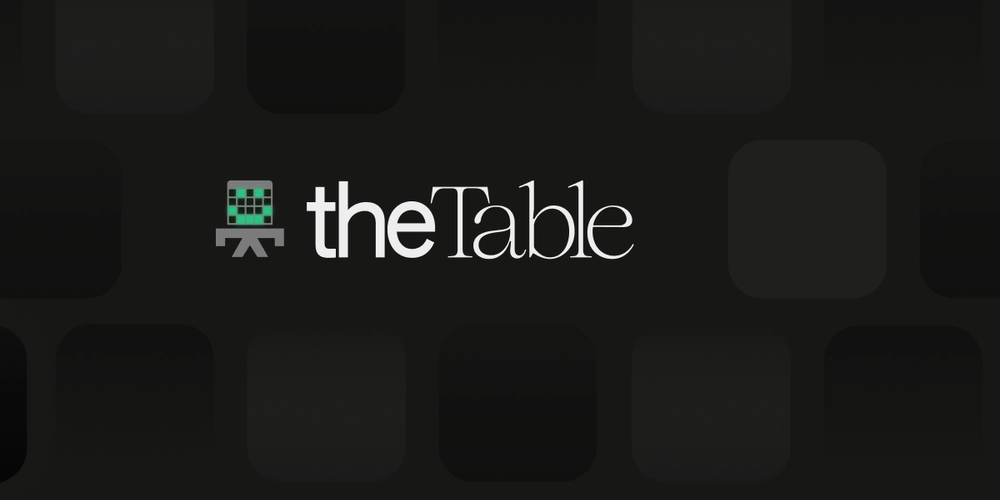
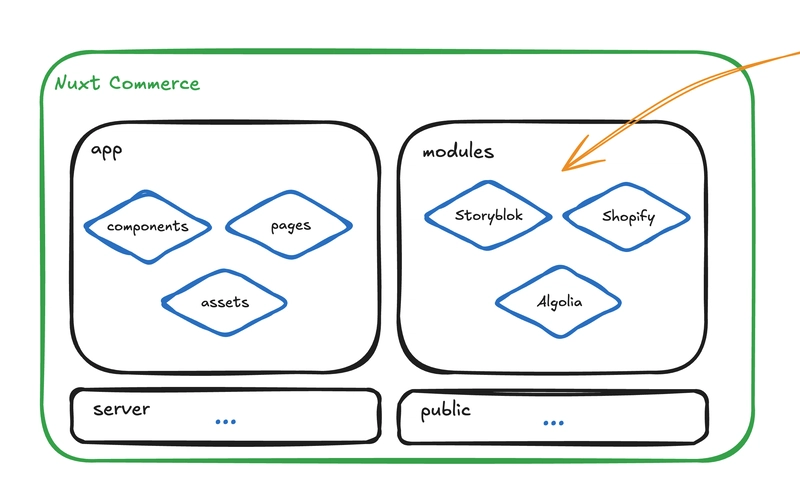












![[DEALS] The Premium Learn to Code Certification Bundle (97% off) & Other Deals Up To 98% Off – Offers End Soon!](https://www.javacodegeeks.com/wp-content/uploads/2012/12/jcg-logo.jpg)

![From drop-out to software architect with Jason Lengstorf [Podcast #167]](https://cdn.hashnode.com/res/hashnode/image/upload/v1743796461357/f3d19cd7-e6f5-4d7c-8bfc-eb974bc8da68.png?#)








































































































.png?#)


































_Christophe_Coat_Alamy.jpg?#)



.webp?#)






































































































![Apple Considers Delaying Smart Home Hub Until 2026 [Gurman]](https://www.iclarified.com/images/news/96946/96946/96946-640.jpg)
![iPhone 17 Pro Won't Feature Two-Toned Back [Gurman]](https://www.iclarified.com/images/news/96944/96944/96944-640.jpg)
![Tariffs Threaten Apple's $999 iPhone Price Point in the U.S. [Gurman]](https://www.iclarified.com/images/news/96943/96943/96943-640.jpg)


































































































